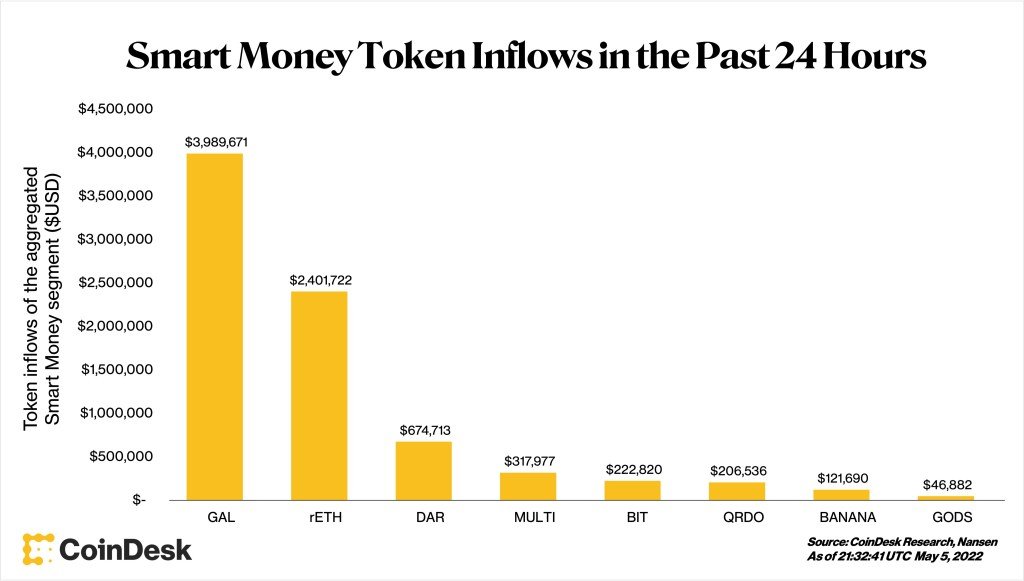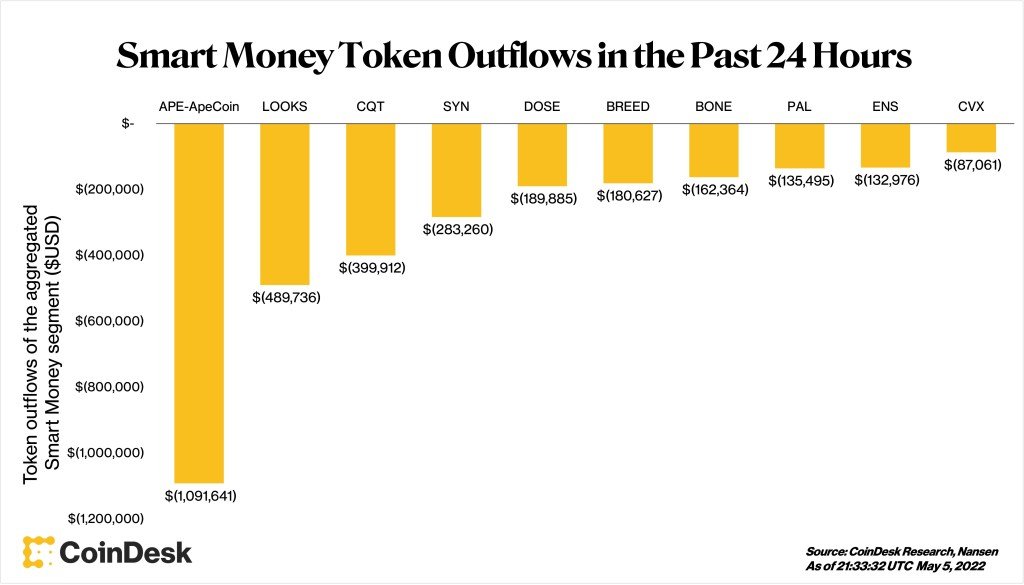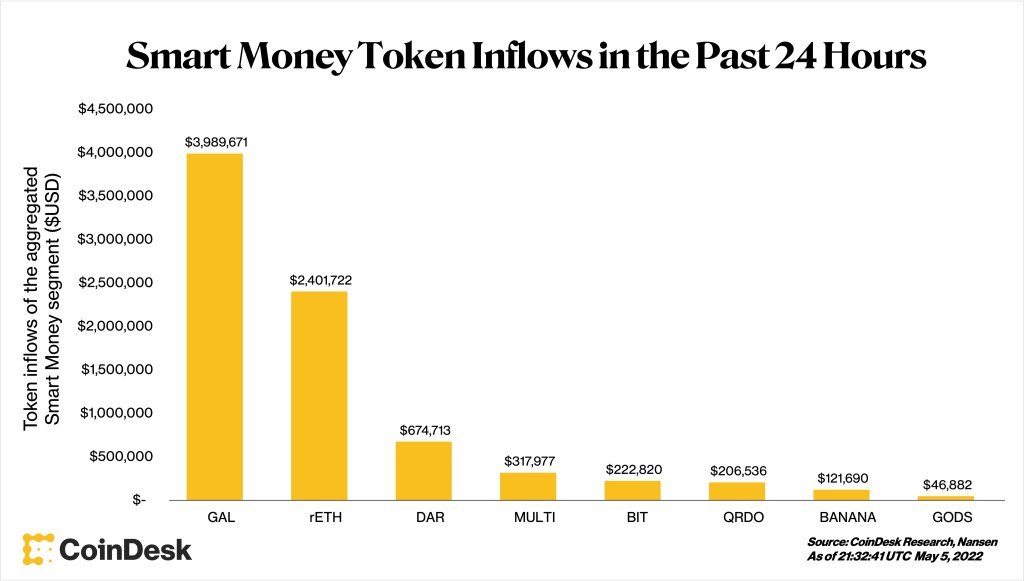According to the data, in the last 24 hours, smart money has flowed into a metaverse coin project, while one of the most popular cryptocurrencies of recent times has emerged from ApeCoin (APE). Here is the data of Blockchain analysis firm Nansen…
Smart money is in this metaverse coin project!
Following the launch of Project Galaxy today, profitable cryptocurrency traders have taken a large position in GAL, the management token of the Web 3 credential data network, according to data from blockchain analytics firm Nansen. . In the past 24 hours, smart money wallets have collected roughly $4 million worth of GALs, more than any other token tracked by the firm. Nansen compiled lists of the top 100 addresses in terms of estimated profits for current NFT portfolios and the top 100 addresses based on an internal “hodler score metric.” Using these metrics, Nansen considers a wallet “smart money” if it is “historically profitable”. According to

Project Galaxy documents, “GAL token holders have the ability to control the amount of platform fee collected by the protocol and funds held by the Project Galaxy Community Treasury.” For example, at launch, Binance started trading with GAL/BTC, GAL/BNB, GAL/BUSD, and GAL/USDT. BNB, BUSD and CAKE tokens can collect GAL tokens until May 27, 2022. Gnosis Safe Multisig sent 3 million GALs in two transactions to a Binance Deposit address defined by Nansen.
Smart money wallets exit APE investment
Meanwhile, smart money wallets drop their APE. In the last 24 hours, $1.09 million worth of APE has left their wallets. According to Nansen’s data, in the same 24 hours, PXN: Ghost Division was the most actively traded NFT collection. Ghost Division has dethroned Yuga Labs’ top-ranked NFT collections over the past few days. As we reported as

Kriptokoin.com , cryptocurrency addresses appear as random strings of letters and numbers on public blockchains, while Nansen, nicknamed It uses algorithms, its own research and information submitted by users to make inferences about the assets behind the wallets.







